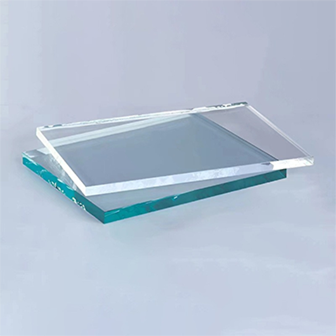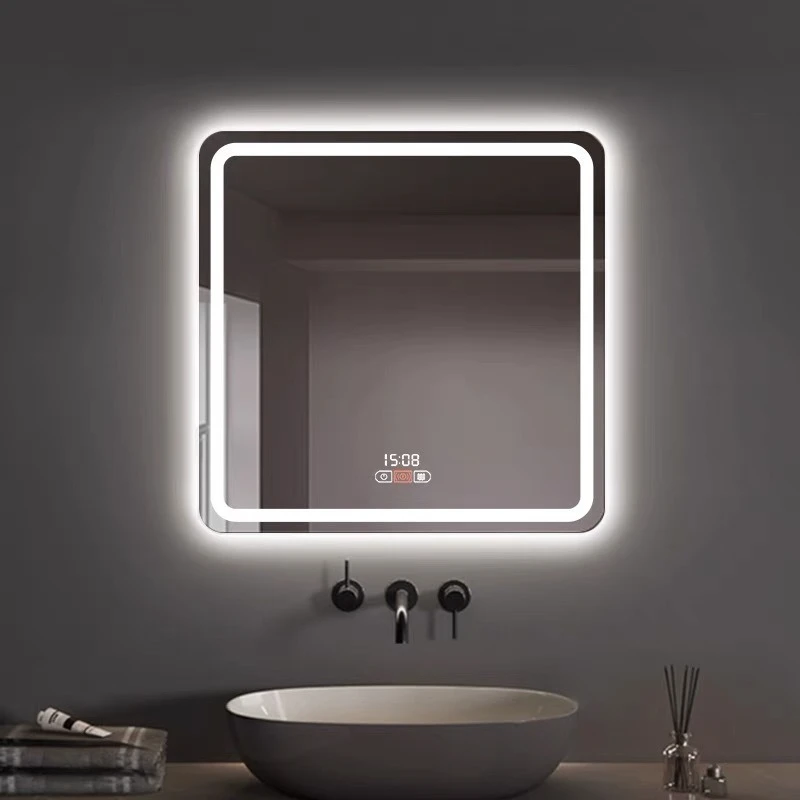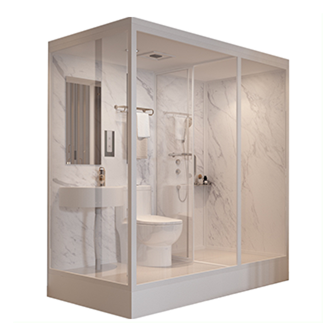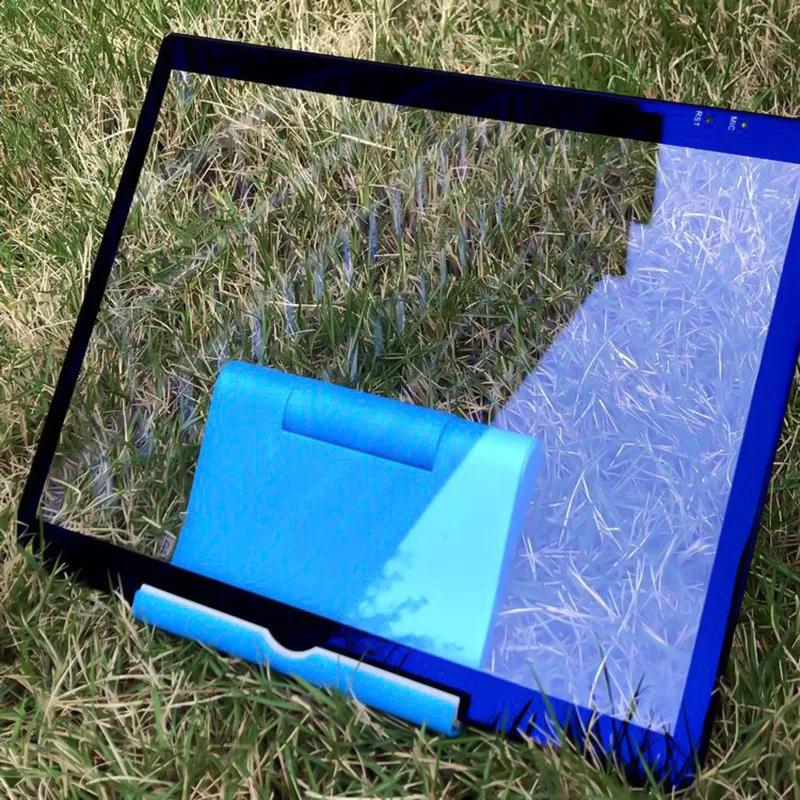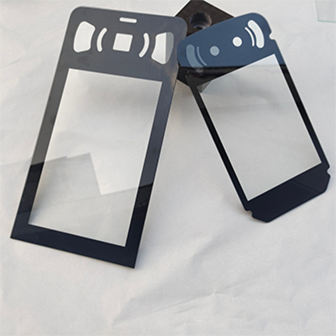Oct . 06, 2025 10:40 Back to list
Low Emissivity Windows: Cut Bills & Block UV?
Low Emissivity Glass: what’s real, what matters, and where the market’s heading
If you’ve been pricing low emissivity windows lately, you’ve probably noticed two things: specs keep getting sharper, and lead times (surprisingly) are getting more predictable again. I’ve spent enough time on factory floors to know the difference between brochure-speak and glass that performs in brutal summer sun or a Midwest cold snap.
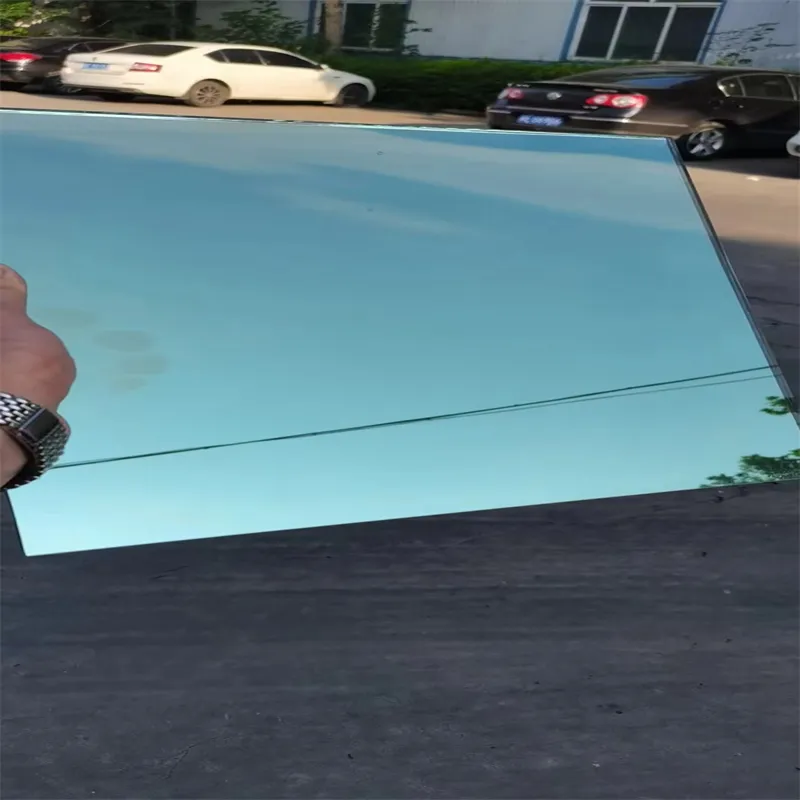
How it works, in plain English
Low-emissivity glass (low‑e) is a coated glazing that lets visible light through while bouncing infrared heat back where you want it—inside in winter, outside in summer. There are two mainstream production routes: online pyrolytic (a “hard-coat” formed at high temperature) and offline vacuum magnetron sputtering (a “soft-coat,” usually with 1–3 nano-thin silver layers). The latter is what architects pick when they want top-tier U‑factors and controlled solar gain without killing daylight.
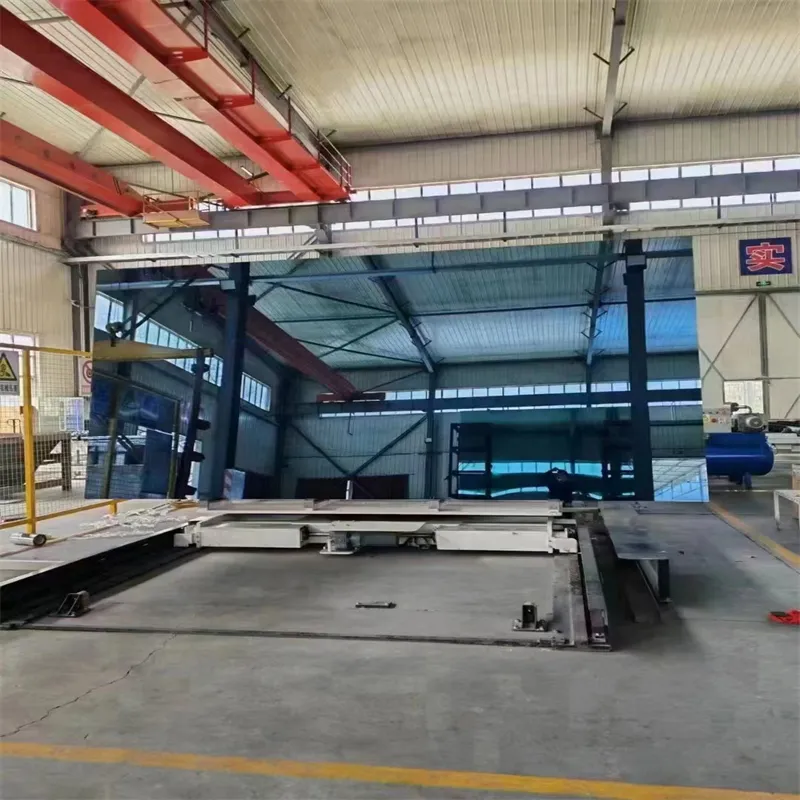
Process flow and quality checkpoints
Materials: float glass substrate (4–12 mm), silver and dielectric stacks (e.g., Ag/Si3N4/ZnO), PVB or SGP if laminated.
Methods: online pyrolytic deposition or offline magnetron sputtering; then edge deletion (≈10–15 mm), tempering/heat-strengthening, IGU assembly with warm-edge spacer, argon fill, secondary seal (polysulfide or silicone).
Testing: optical/spectral per EN 410/ISO 9050; U-value per EN 673; IG durability ASTM E2190 or EN 1279; tempered safety EN 12150; coated glass performance EN 1096; Chinese market often references GB/T 18915 and GB/T 11944.
Service life: around 20–30 years for well-made IGUs; seals are the make-or-break.
Industries: residential fenestration, curtain wall, retail fronts, healthcare, museums, and data centers (yes, really—glare and cooling loads matter).
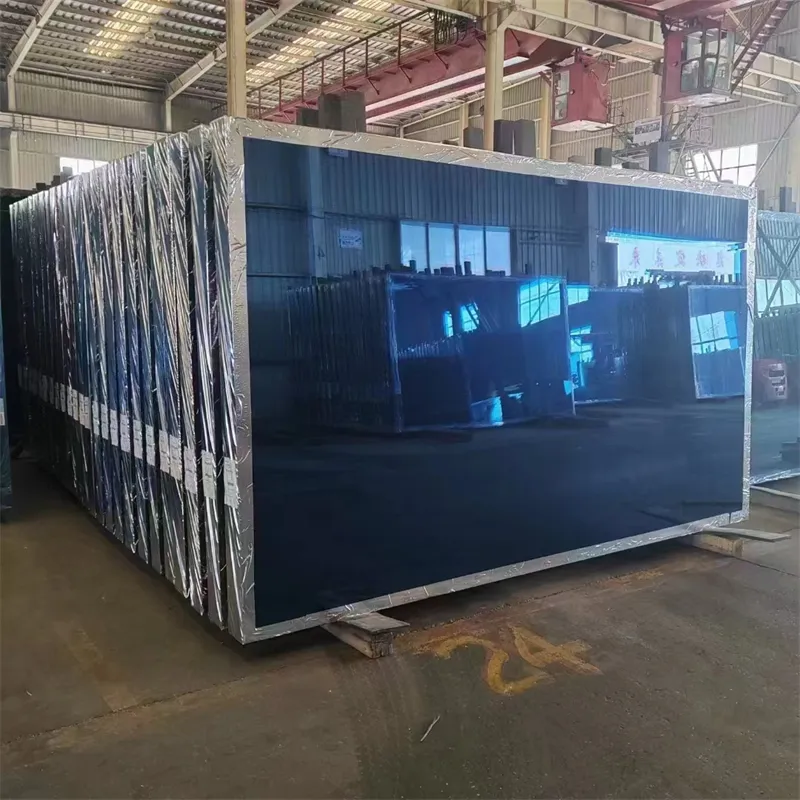
Typical product specs (Low Emissivity Glass)
| Coating options | Single, double, triple silver (soft-coat); pyrolytic hard-coat for rugged handling |
| Visible transmittance (Tv) | ≈ 55–70% (real-world setups may vary) |
| Solar heat gain coefficient (SHGC) | ≈ 0.23–0.45 depending on stack and tint |
| Center-of-glass U-factor | ≈ 1.0–1.3 W/m²·K with argon double-glazed; lower with triple |
| Emissivity (ε) | ≈ 0.02–0.15 (stack dependent) |
| Max size | ≈ 2440 × 3660 mm (larger on request, check line capability) |
Vendor landscape (quick take)
| Vendor | Strengths | Certs/Standards | Lead time |
|---|---|---|---|
| CMG, Shahe, Hebei (origin: North Second Row, East Side of Dadong Logistics, Economic Development Zone, Shahe City, Xingtai, Hebei) | Online + offline capability; custom stacks; in-house tempering and IG | ISO 9001; EN 1096/EN 1279 testing; NFRC data where applicable | ≈ 2–4 weeks, project load dependent |
| Regional Fabricator A | Fast local service; standard double-silver | EN 1279; ASTM E2190 | ≈ 1–3 weeks |
| Generic Import B | Aggressive pricing; high MOQs | Claims vary—verify test reports | ≈ 4–8 weeks incl. transit |
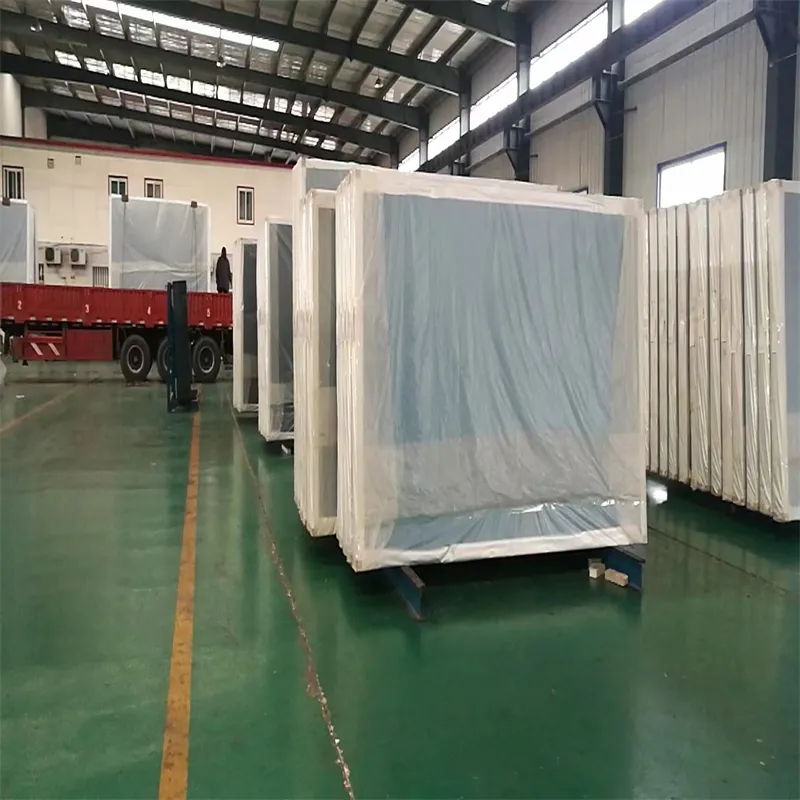
Applications, customization, and real-world notes
- Homes: many customers say low emissivity windows made rooms calmer—less glare, fewer hot/cold spots.
- Offices/curtain wall: double- or triple-silver stacks to hit SHGC targets while keeping Tv > 60% (daylight matters).
- Retail/museums: neutral color rendition; laminated low‑e for security and UV control.
Customization: thickness 4–12 mm, single/double/triple silver, clear/grey/green substrates, edge deletion width, warm-edge spacers, argon/krypton, heat treatment, lamination, silkscreen frits for façade rhythm. I’ve seen specifiers tweak just one dielectric layer and claw back a crucial 2–3% in daylight—small edits, big payoffs.
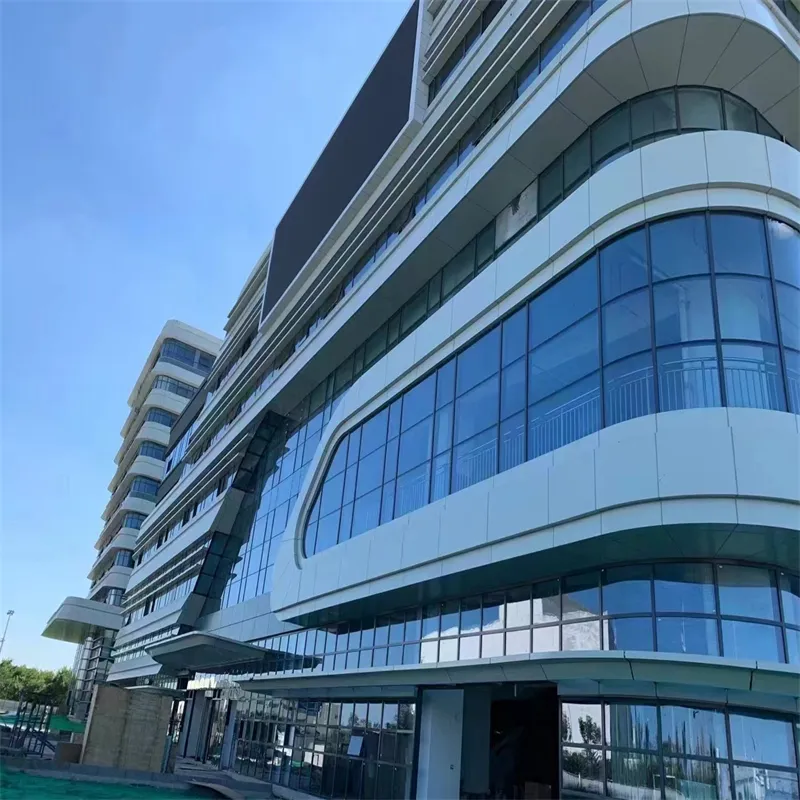
Test data snapshot (indicative)
Double-glazed IGU, 6‑12‑6, double-silver soft-coat, argon 90%: Tv ≈ 62%, SHGC ≈ 0.28, center-of-glass U ≈ 1.2 W/m²·K. Whole-window values will be higher; check NFRC/CE labels and the frame’s thermal break. To be honest, frames often make or break the spec.
Trends I’m watching
Triple-silver is becoming the baseline for Class‑A offices; warm-edge spacers are no longer “nice to have”; EPDs and LCA data are showing up in bid packs; and, actually, more owners ask for bird-friendly patterns bonded to low emissivity windows without compromising optical clarity.
Citations
-
Types of Reflective Glass
NewsNov.17,2025
-
What Is Dichroic Glass?
NewsNov.17,2025
-
Smart LED mirrors can have touch controls
NewsNov.17,2025
-
Laminated glass improves energy efficiency
NewsNov.17,2025
-
Insulated glass enhances building comfort
NewsNov.17,2025
-
Acid etched glass offers elegant privacy
NewsNov.17,2025
Related PRODUCTS


